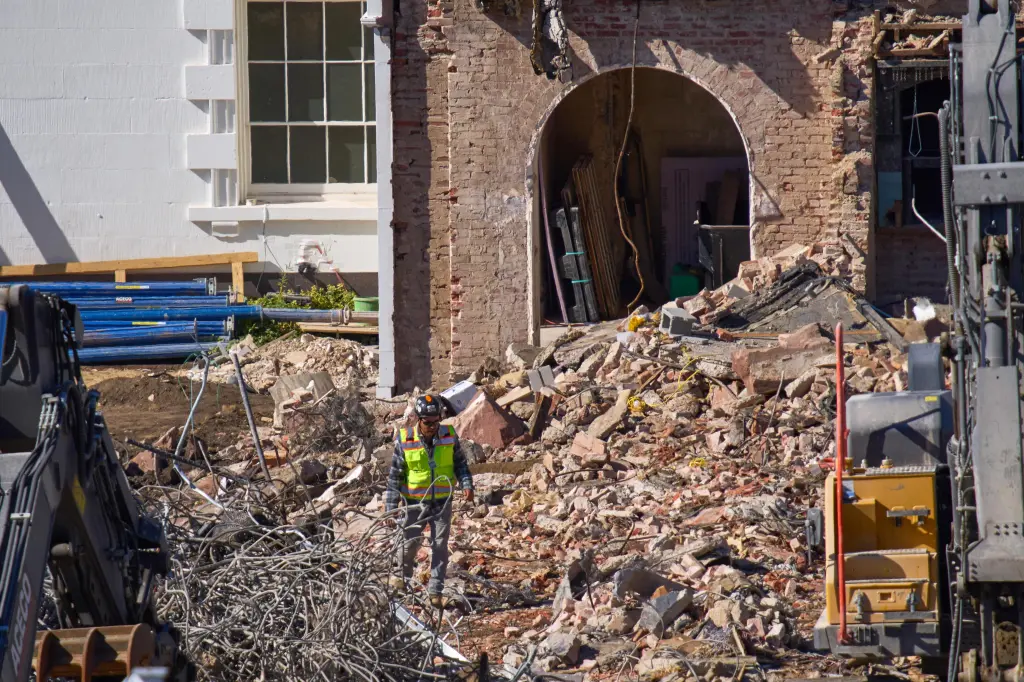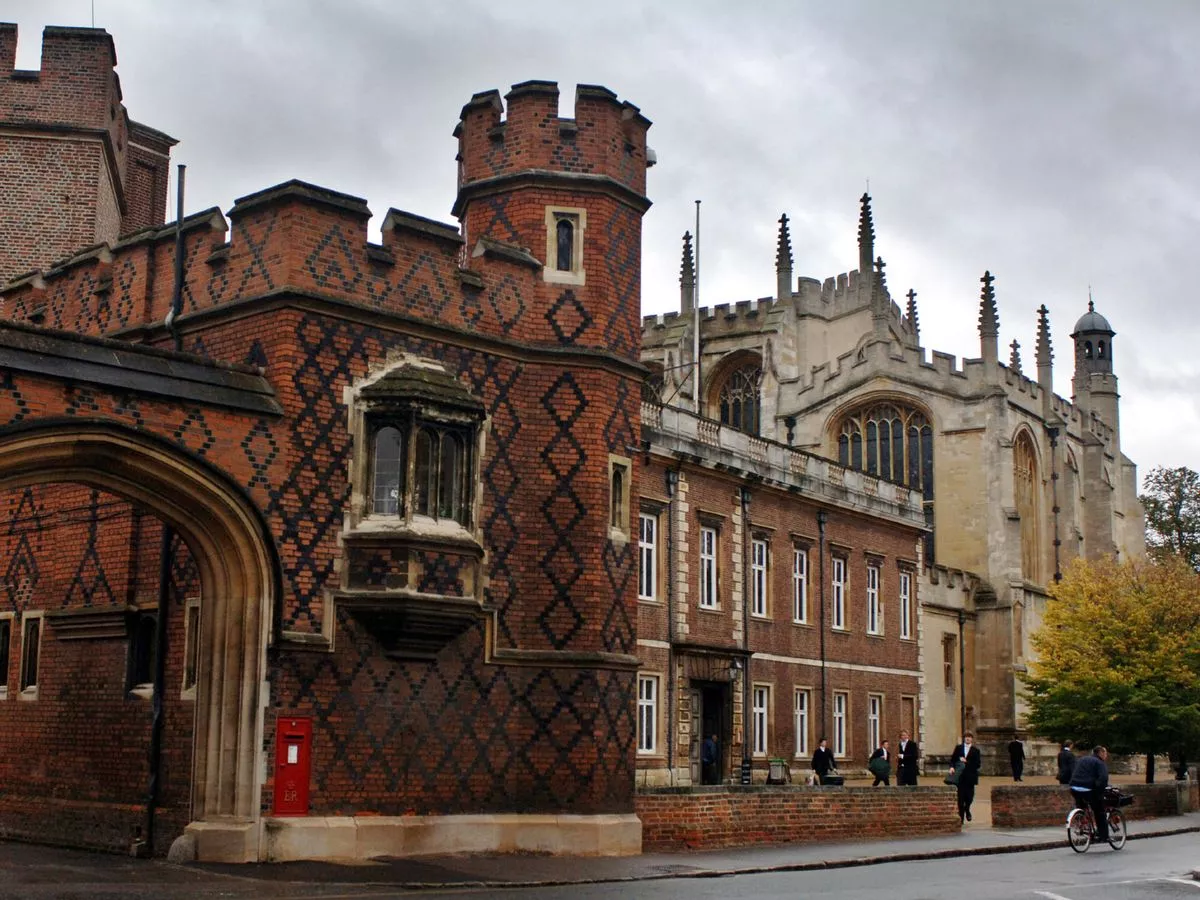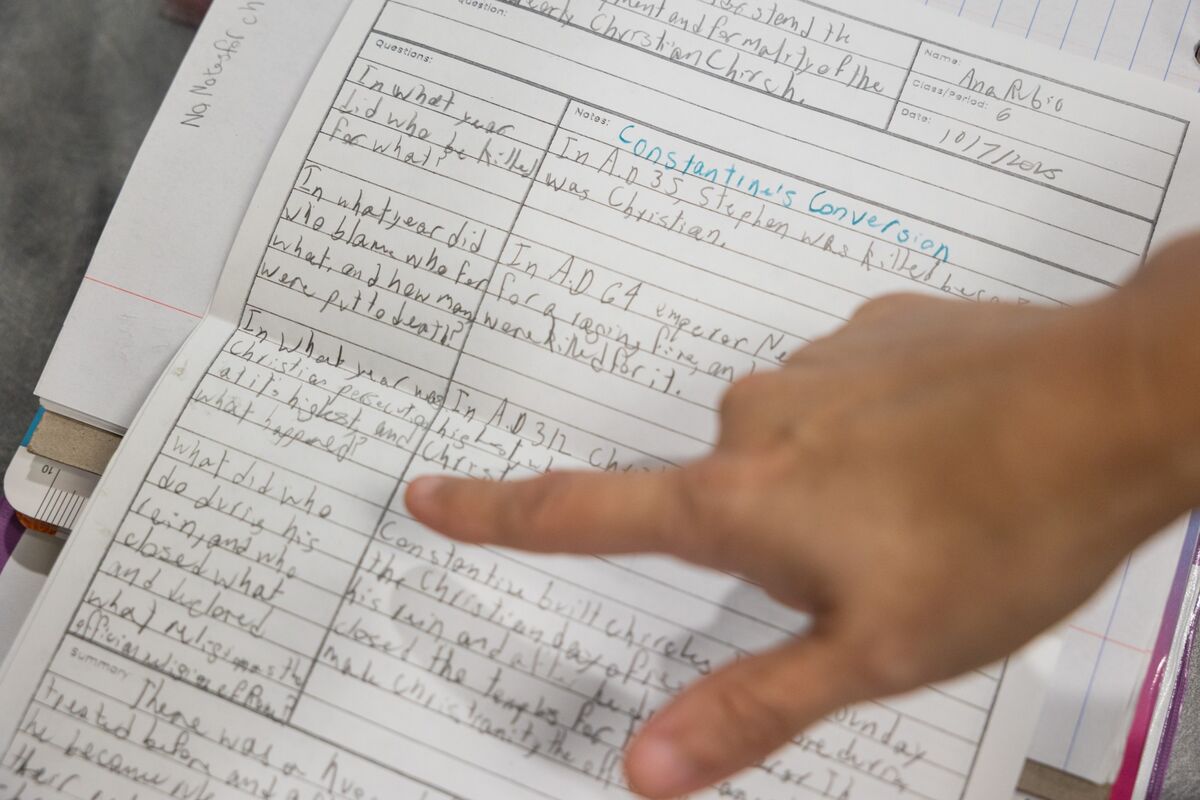Copyright Baltimore Sun

I will not soon forget my first walk down the East Colonnade of the White House. I remember the sun on my face as I passed the Jacqueline Kennedy Garden, overwhelmed by a sense of gratitude and awe. For a girl who arrived in America as a nine-month-old in the arms of parents fleeing a country on the brink of civil war, that walk was more than a first day at work for the first lady of the United States — it was the culmination of the promise of America. I was entering not just a storied office of the White House, but a sanctuary of women’s history, a place where generations of women had quietly, persistently and profoundly changed the world. So when I saw images this week of an excavator tearing down those same walls, it felt like a physical blow. A piece of our nation’s history, and part of my personal journey, had been razed to rubble. This was no ordinary office building. It was the East Wing, which Betty Ford famously called the “heart” of the nation. To dismiss it as a building that was “never thought of as being much,” as this administration has, is to belittle the extraordinary history contained there. It was there that Eleanor Roosevelt professionalized the role of the first lady, transforming it from social hostess to public servant, using her office as a base for civil rights advocacy and 350 press conferences only for women reporters, elevating the role of women in journalism and national life. In my East Wing office hung a framed letter from Frances Perkins, the first woman to serve in the Cabinet, to Mrs. Roosevelt, discussing a framework for what would become Social Security. Scrawled in the margins, Mrs. Roosevelt noted the importance of protecting widows — an idea that later evolved into survivor benefits, helping to keep tens of millions of elderly women out of poverty. It served as a tangible reminder that the East Wing was never just a social space; it was a workshop where amazing women drafted the architecture of modern America. While I thought I understood “soft power” from my time at the State Department, it was inside the East Wing that I witnessed its transformational impact here at home, a place where first ladies worked to lift up our nation’s ideals in their own unique ways. It was from these rooms that Lady Bird Johnson coordinated her national beautification campaigns and Rosalynn Carter became the first to claim her own office, cementing the East Wing as the first lady’s official headquarters and supporting her efforts on mental health. From those offices, Nancy Reagan’s “Just Say No” campaign went global, Hillary Clinton directed her push for health care reform, and Laura Bush launched literacy and global health initiatives that saved millions of lives. From my unassuming desk as policy director to the first lady, I helped Michelle Obama launch “Let Girls Learn,” an initiative to ensure adolescent girls worldwide get the education they deserve. I remember the calls with world leaders and the meetings with young women who, thanks to the work Mrs. Obama led within those now-vanished walls, would have a chance to see for themselves the promise of America. The work and impact were as real and tangible as the marble walls themselves. Now, because the building that welcomed millions each year to learn this history is closed, public visits are suspended indefinitely. I recall the school field trips full of wide-eyed, awe-struck children streaming through. The East Wing was their portal to possibility. Today, the welcoming gateway built by Theodore Roosevelt specifically for public access has been demolished. In its place will stand a massive, 90,000-square-foot ballroom occupying a space twice the size of the White House itself. What we build and how we use our most sacred public spaces tells our children who we are. Today, we replace a laboratory for innovation and public service with a ballroom for private power. The East Wing once stood as a symbol that service, not status, defines greatness. When we forget that, we don’t just lose a building — we lose a piece of who we aspire to be. Krish O’Mara Vignarajah is the president and CEO of the Baltimore-based nonprofit Global Refuge. She previously served as a policy director in the Obama White House and as a senior adviser at the U.S. Department of State.



